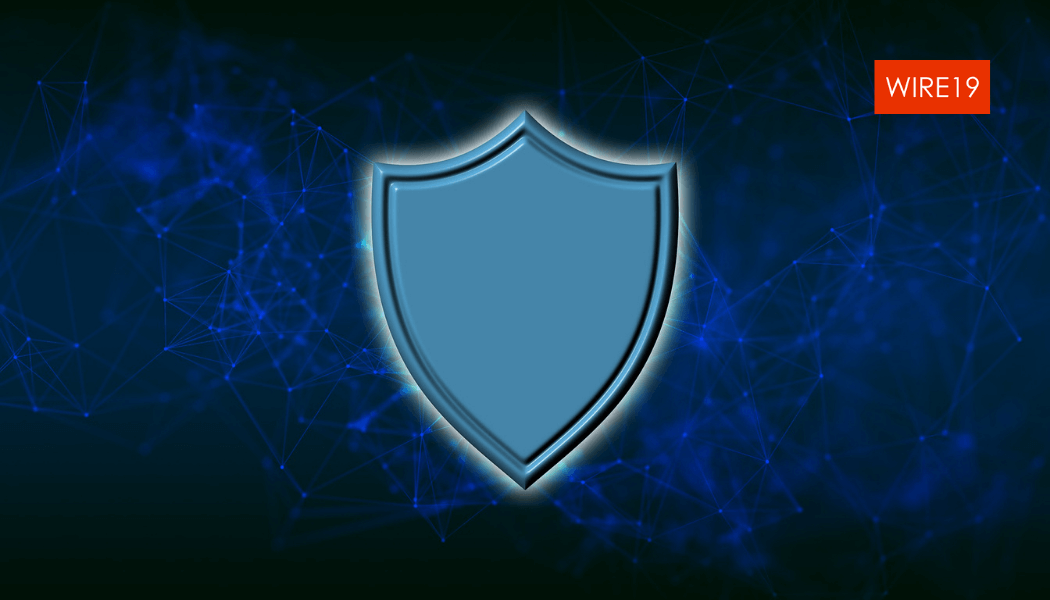India Braces Against Phishing, Ransomware Surge and Alert Fatigue, Urging Swift Adoption of AI, and Automation for Security Operations
Fortinet®, the global cybersecurity leader driving the convergence of networking and security, has revealed the outcomes of a new survey conducted by IDC on the state of Security Operations (SecOps) in the Asia-Pacific region. The survey, commissioned by Fortinet, provides valuable insights into the current SecOps landscape, emphasizing the role of Artificial Intelligence (AI) and automation. It explores various aspects, including prevalent security practices, attack frequency and impact, detection and response times, alert fatigue, the status, and impact of automation in SecOps workflows, and challenges related to skill development within the SecOps domain. Key findings from India include:
Current Security Challenges: Threats and Team Readiness
- Most Common Cyber Threats: Phishing and Insider threats are the most predominant cyber threat in India, with Approximately 50% of organizations ranking them as their top concerns. The top five threats include phishing, insider threats, ransomware, unpatched vulnerabilities, and identity theft.
- Ransomware Surge: Ransomware incidents have doubled across India, with 70% of organizations reporting at least a 2X increase in 2023, compared to 2022. Phishing and malware are the primary attack vectors. Other significant vectors include social engineering attacks, insider threats, and zero-day exploits.
- Insider Threats and Remote Work: 88% of the respondents feel that Remote work has led to an increase in insider threat incidents. Insufficient training, lack of employee care, and inadequate communication contribute to this surge, emphasizing the need to address human factors in cybersecurity.
- Resourcing IT Security Teams: Only 44% of businesses have dedicated IT resources for security teams. This augments the challenges faced by organizations in strengthening their security measures.
- Impact of Emerging Technologies: Hybrid work, AI, and IT/OT system convergence pose significant challenges. Cloud technology adoption emerges as a primary challenge, impacting organizational vulnerability to cyber threats.
SecOps SOS: Struggles with Alert Fatigue and Threat Containment
- Threat Containment and Preparedness: Approximately one out of three…



